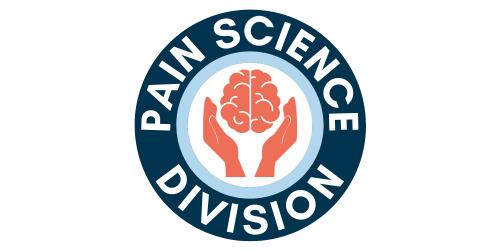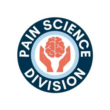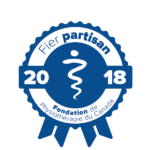Why are we still using the word pain in clinical practice?

By Gloria Gilbert
Physiotherapists and other health and fitness providers have been treating people experiencing pain for more than 100 years.
In 1965, Drs Melzack and Wall described the Gate-Control Theory which provided us with a framework to better understand the integration of the physical and psychological experiences of pain.
In 1971 , Melzack and Togerson published the McGill Pain Questionnaire (also known as the McGill Pain Index) using descriptors to better delineate physical from emotional as well as ‘other’ possible sensations people could be experiencing when they are in PAIN
The International Association for the Study of Pain was established in 1970.
But, it was not until 1979, that the IASP published a definition of pain:
“An unpleasant sensory and emotional experience associated with actual or potential tissue damage or described in term of such damage.”
This definition was only updated in 2020 , when the IASP added ‘notes’ ( which essentially were the associated biopsychosocial factors that could affect the experience of the person in pain).
“An unpleasant sensory and emotional experience associated with, or resembling that associated with, actual or potential tissue damage,”
- Pain is always a personal experience that is influenced to varying degrees by biological, psychological, and social factors.
- Pain and nociception are different phenomena. Pain cannot be inferred solely from activity in sensory neurons.
- Through their life experiences, individuals learn the concept of pain.
- A person’s report of an experience as pain should be respected.
- Although pain usually serves an adaptive role, it may have adverse effects on function and social and psychological well-being.
- Verbal description is only one of several behaviors to express pain; inability to communicate does not negate the possibility that a human or a nonhuman animal experiences pain.
So, why are we clinicians still using the word PAIN generically when we assess, treat and manage our patients?
Can we do better ?
As clinicians we need to assist our patients to define and separate these descriptors (sensations) so that we can better understand and treat both the mechanism of pain as well as any functional problems.
Would it not be prudent to ask our patient to describe their symptoms ?
Physical words- WHAT are they feeling
from
Emotional Words- HOW are they feeling
and
Are there OTHER words that describe this pain experience (Cognitive, vestibulo-visual)
And as we work through a treatment program, we are then asking our patient to
CHANGE what they are feeling and as a result
Become more functional.
I am interested in exploring this approach to treatment with my Pain Sciences Division colleagues.
Please email me if you are interested in pursuing this topic.
Gloria Gilbert, PT, M.Sc.
Diplomate, Canadian Academy of Pain Management ( www.canadianapm.com)
Don’t Go to the Ouch! www.dontgototheouch.com
gloria@dontgototheouch.com



